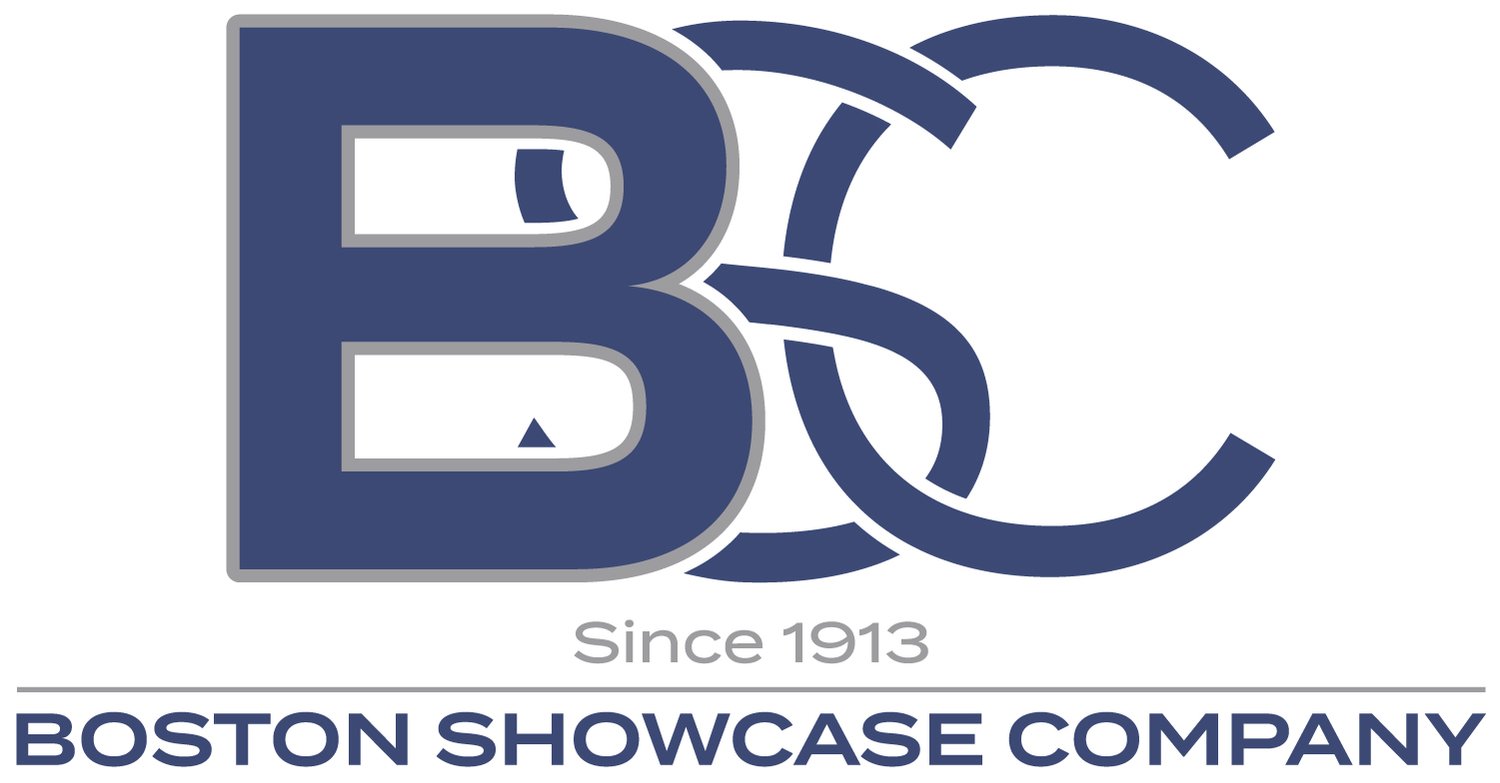In short, a well designed bar WILL pay for itself. As you consider your new bar, think of the lifetime cost of the bar and it's ability to produce revenue and not just the upfront costs.
It would be easy to simply accept a project, build it to exact customer specifications and ship it out. We work with companies like Krowne to take it a step further and understand why our customers are designing it a certain way. Do you want your bartenders to use multiple workstations? How many bartenders will be working concurrently? Will your bar have wine, spirits and beer? These are all very important questions because they directly correlate to our layout decisions. After various field studies we have determined that our efficient layouts not only increase profits and efficiency at a bar, but also boost bartender morale as they have a defined work space used to prepare drinks.
When designing your new bar, here are a few things to consider...
Communicate with your bartenders before ordering equipment and ask what they are looking for. We sometimes come across restaurant owners who have a vision of how something should function without consulting with their bartenders and it creates issues down the road. If your bartenders haven't been hired yet, go to a similar type of restaurant/bar and ask those bartenders' opinions on how they would like it designed. The more information we can get from you, the better we can tailor the design to fit your needs.
What will your drink menu look like - cocktails, house white wine, draft beer? This is crucial to know before designing your bar. For example, if a bar is going to serve a large volume of house white wine, an ice bin with wine dividers is highly recommended so the bartender can remain facing customers while pouring glasses. In a traditional layout, wine is stored in backbar refrigerators requiring the bartender to turn around and grab the wine from the refrigerator for every glass. This reduces bartender interaction with customers and creates inefficiencies that can reduce daily profit.
Eliminate gaps if it's in your budget. The most efficient bars utilize every square inch of space to incorporate equipment or storage space. Filler spaces allow more room for trash to accumulate and get in the way of a bartenders work flow. This also goes for modular bar die vs equipment on legs. While equipment on legs is less expensive, modular bar die has stainless that goes directly to the floor which hides of the drains and plumbing. Not only does your bar look sleeker, it is also much easier to maintain. Bartenders can simply mop or sweep the floor at the end of the night without having to get on the ground to pull things out from between the equipment legs and drains. It also significantly decreases install time as modular bars are shipped in up to 7’ sections pre-attached to the bar die wall.

